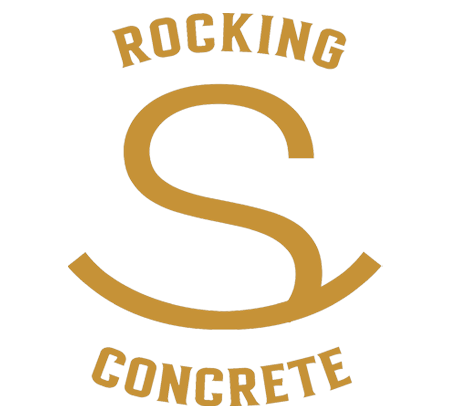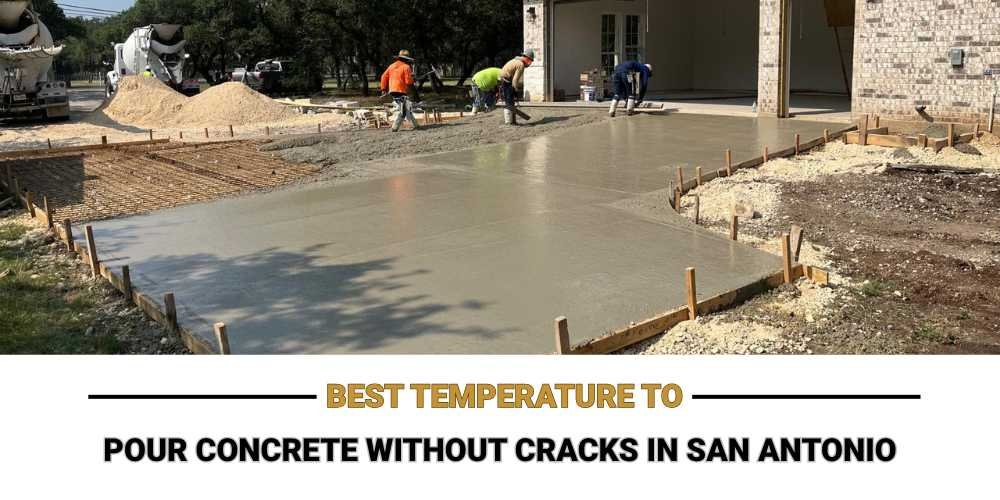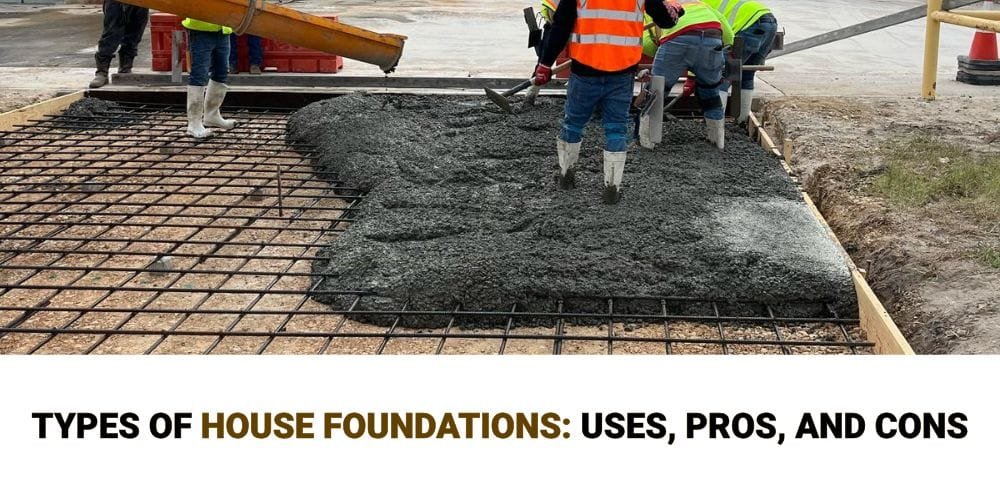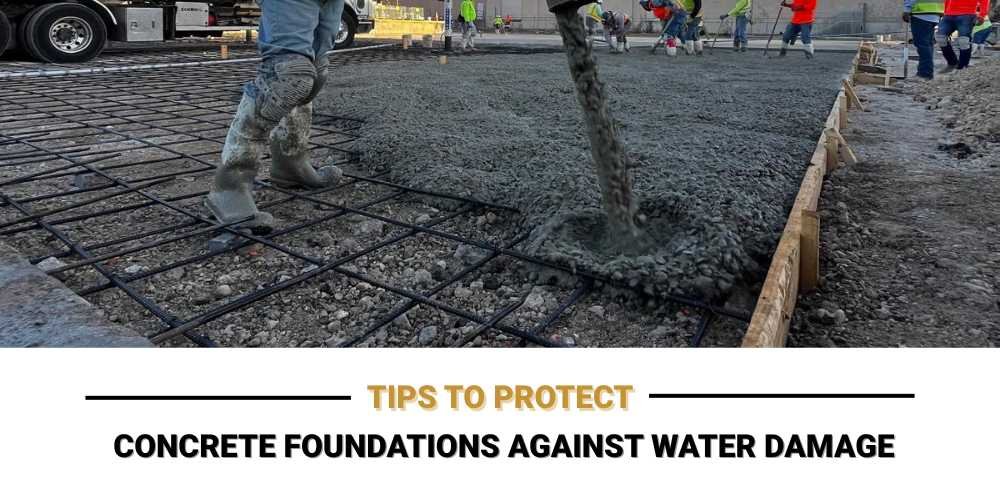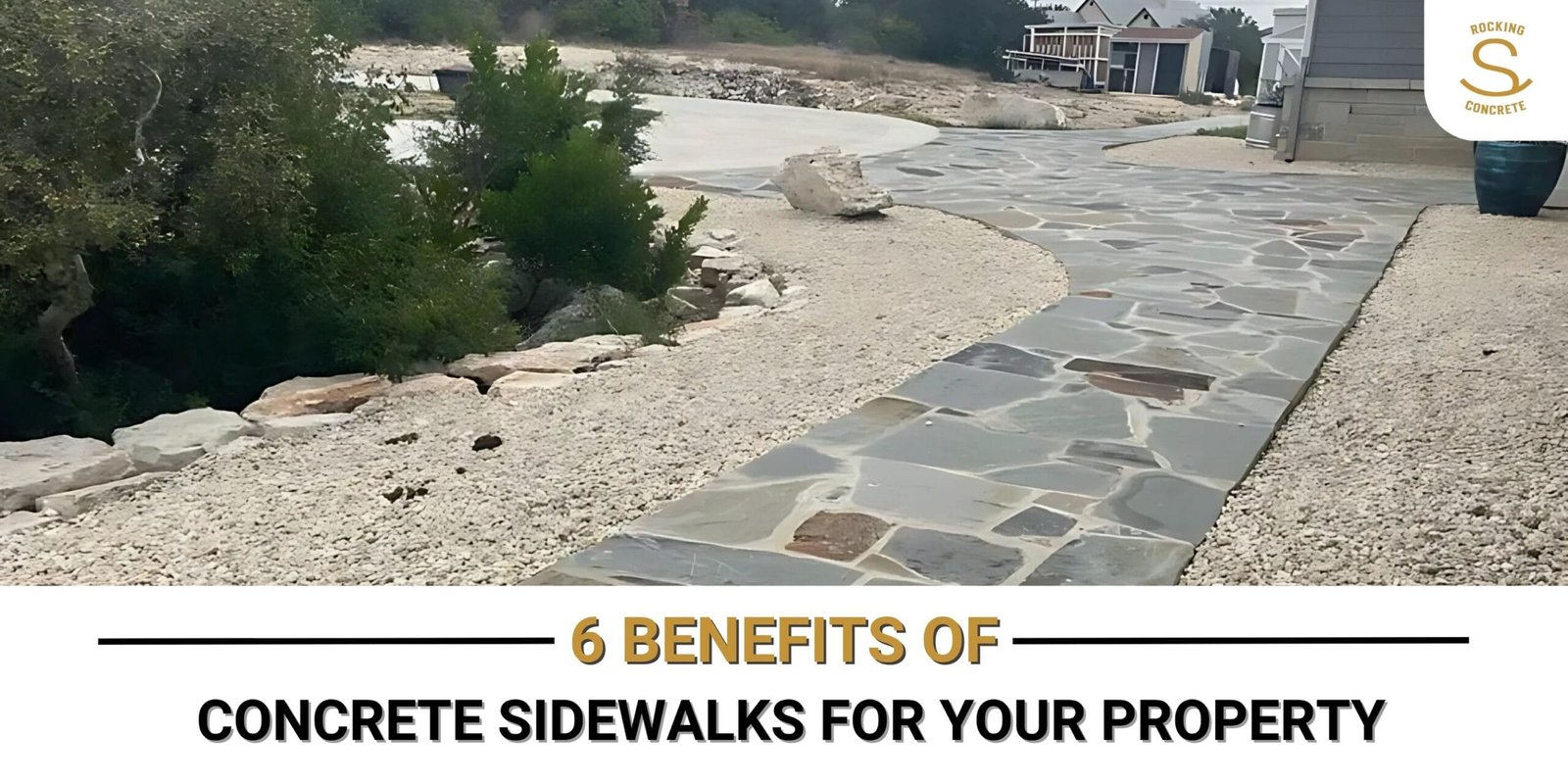Worried that your driveway, patio, or foundation would crack after being poured freshly? You are not alone! The weather in San Antonio is unpredictable at times; therefore, being able to understand the best temperature to pour concrete is absolutely crucial.
A Quick Look at How Concrete Works
Let’s keep it simple: Concrete is not grey cement on the sidewalks, but rather a living compound of cement, water, sand and gravel that reacts with time. After the addition of water, a chemical reaction is triggered, and this is where the curing process begins. Curing can be thought of as recovery time, or the part of the process of concrete that allows the concrete to become strong and lasting.
Now, here’s the catch. Cracks may appear in a check in a garden before the weeds if the concrete curing process is hurried or disturbed by the weather extremes. That is why professional concrete contractors are so concerned with time and circumstances. They understand that the best temperature to pour concrete can either give a smooth finish or 10 years of repair headaches.
Ideal Temperature Range for Pouring
So here’s the golden rule: the best temperature to pour concrete is between 50°F and 70°F. Why? Since this range provides the concrete curing process with a consistent, even field on which to take its toll.
When the thermometer drops, you are struggling with the minimum temperature to pour concrete -below 40°F is risky business. Too chilly, and the mixture will be frozen before it can even become strong. Excessively hot, the water vaporizes so rapidly that the curing will be more of a sprint than a marathon.
Professional concrete contractors never get down to it without checking the forecast. And why not, when you can help it, not pour during the hot afternoons in San Antonio or when some cold weather suddenly comes along?
Why Temperature Matters
Imagine that concrete is like baking bread. You would never throw dough in an oven that is set to random, right? The same goes for concrete. The temperature to pour concrete is vital, as it determines the quality of the concrete as it sets and cures.
Too hot? The water gets away too fast, and all you are left with is weak concrete that is brittle. Too cold? The concrete curing process is stopped, and the slab does not attain the maximum strength. That is why professional concrete contractors adhere to the science. They understand when the minimum temperature to pour concrete is safe and when they need to reschedule the pour.
Bottom line: High temperature is good because the concrete becomes stronger.
Challenges in San Antonio
Ah, the weather in San Antonio–four seasons in one week. This uncertainty makes the process of determining the best temperature to pour concrete, a game of seeking shade on a sunny day.
Here’s what you’re up against:
- Summer heat: Days in the triple-digit range increase the rate of evaporation, which is capable of ruining the curing process.
- Winter lows: Cold snaps will ensure that the minimum temperature to pour concrete is not achieved, thus hindering the concrete curing process.
- Rapid storms: Rainfall may dissolve your mix or blow away the strength of the surface before the slab is established.
And this is the very reason why the majority of homeowners hire professional concrete contractors. They have experienced enough weather changes in San Antonio to understand the safe temperature to pour concrete and how to insulate your project against it. Choosing the best concrete contractor can make all the difference in avoiding costly repairs later.
Temperature Risks to Avoid

Let’s lay it out clearly:
- Pouring in extreme heat: It causes the surface to dry out far too fast and causes cracks, which cannot be entirely covered, even with an excellent patch job.
- Pouring in extremely cold temperatures: When the mercury falls below the minimum temperature to pour concrete, the slab will likely freeze during the process, something that will damage the whole structure.
- Skipping protection measures: Leaving the surface uncovered or unshaded is like leaving a piece of food in the sun- you just cannot.
- Ignoring timing: Early mornings or late evenings usually come up with the best temperature to pour concrete in the sweet spot. Lose that, and you are likely to get into trouble.
Once again, professional concrete contractors are experts when it comes to timing. They will monitor the weather like a hawk to ensure the concrete curing process remains on course.
Concrete Curing Tips in Local Conditions
Ok, now you have the correct temperature to pour concrete. What’s next? The answer is to maintaining the safety of the slab during the period of curing. The following are tips useful to use, particularly in San Antonio:
- Keep it moist: Curing does best with constant moisture. Everything can be kept in balance by light water sprays or curing blankets.
- Use shade in summer: When it is hot, a small cover will reduce the rate of bypassing, and the concrete curing process will remain constant.
- Insulate in winter: Blankets or heaters are used to cover the slab when the minimum temperature to pour concrete is close to freezing.
- Plan: It is usually better to pour concrete early in the morning before the heat sets in.
- Hire wisely: Only professional concrete contractors will be able to cope with all these circumstances. They have the equipment, time, and methods to ensure that the concrete curing process is not ruined by a single bad day.
- Watch the soil beneath: Wind can dry surfaces off in no time, which is why windbreaks or shields can save the day.
- Avoid heavy loads early: Soil that is either uneven or overly dry absorbs the moisture available, making it difficult to develop a concrete curing process. Pre-wetting the base helps.
Light loads at an early stage are not advisable: Let the process continue to a full completion–do not drive or stack masses on the slab before it is thoroughly settled.
Conclusion
Concrete may seem tough at the end of the day, but it is actually quite sensitive to weather. The decision on the best temperature to pour concrete is the difference between success and failure in your project, regardless of whether you are fighting the heat in a place like Texas or the cold. Adhere to the minimum temperature to pour concrete, shield the slab in the curing process, and lean on professional concrete contractors who know all about the vagaries of San Antonio weather.And if you want it done right? You know who to call – Rocking S Concrete.
